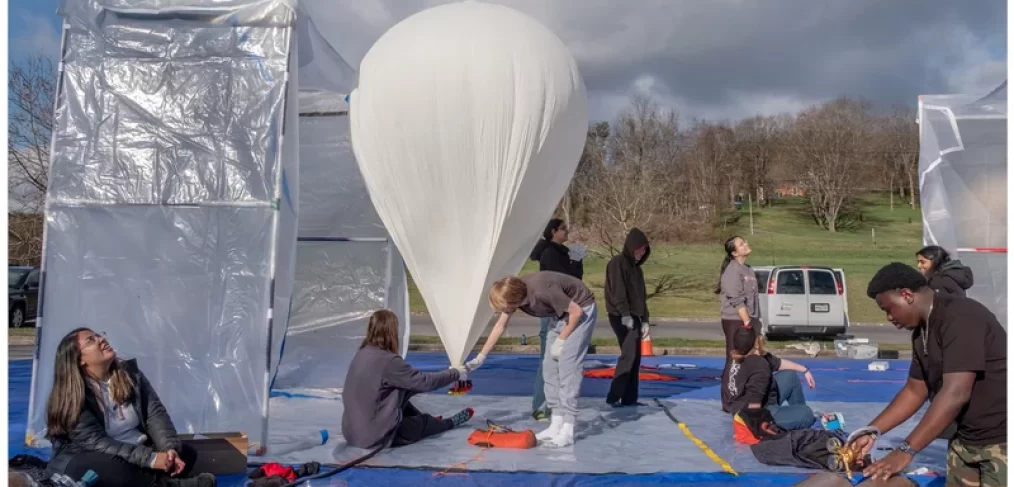
Many Nationwide Eclipse Ballooning Project Teams Sponsored by local NASA Space Grant Consortia
On eclipse day, hundreds of students will send up balloons for science
CUMBERLAND, Md. — It’s a chilly March morning, and Mary Bowden is standing in the parking lot of a local community college.
Bowden is a professor of aerospace engineering at the University of Maryland. Nearby, her students are hustling around on a bright blue tarp, rolling out heavy cylinders of compressed gas and fiddling with boxes of electronics.
“This is our final, final dress rehearsal,” Bowden says as she surveys the scene.
At the start of next month, a total solar eclipse will sweep across the continental United States. It will begin in Texas and move north through a dozen states before exiting the country through Maine and into Canada.
On eclipse day — April 8 — dozens of student teams across the country will release hundreds of research balloons. The balloons will carry long, dangling strings of scientific instruments into the path of totality, the area on Earth’s surface that will see the moon completely block the sun.
The effort, known as the Nationwide Eclipse Ballooning Project, is backed by NASA. It’s an opportunity to make unique atmospheric measurements that can only be done during an eclipse, and a chance for students to learn skills they may someday use to launch satellites and astronauts into orbit. Bowden is guiding the University of Maryland team, which is made up of about 30 to 40 students.
Author Credit: Geoff Brumfiel
Image Credit: Meredith Rizzo for NPR

